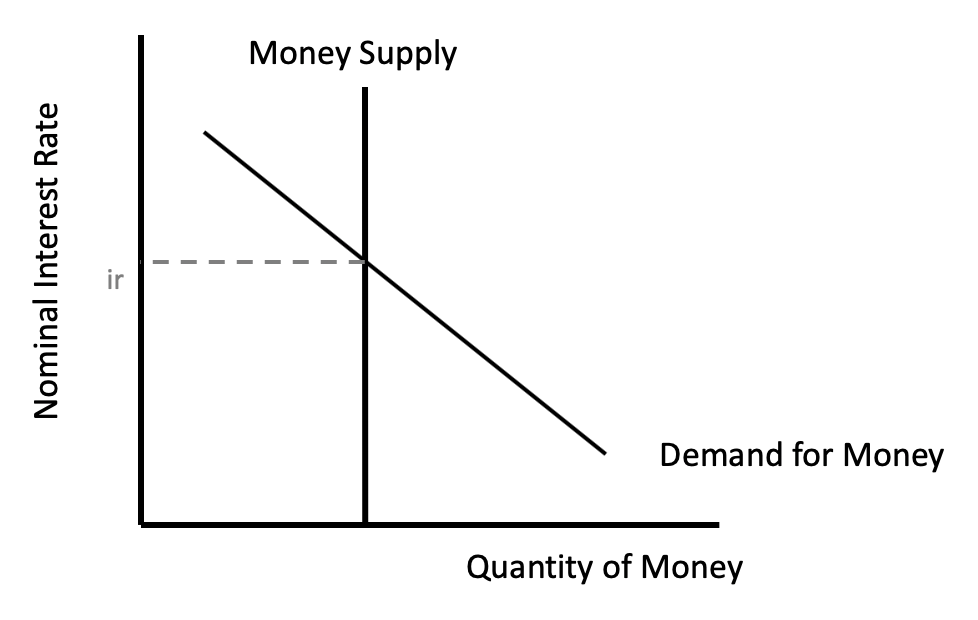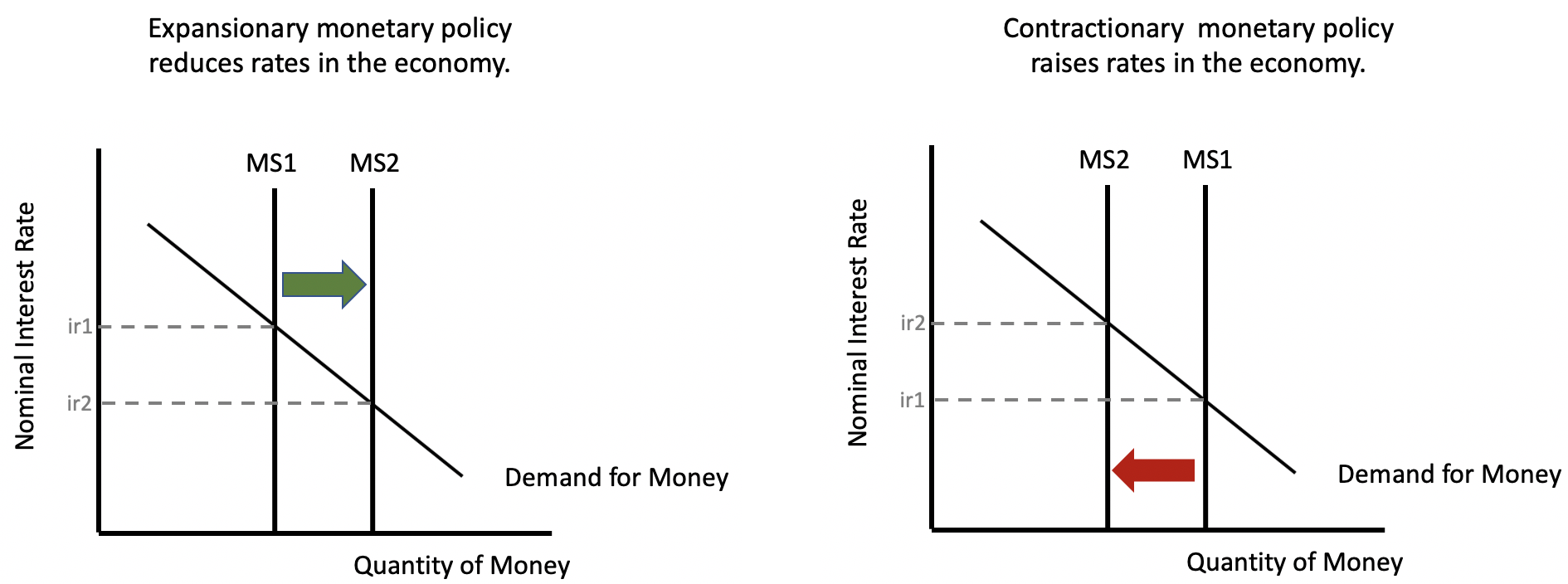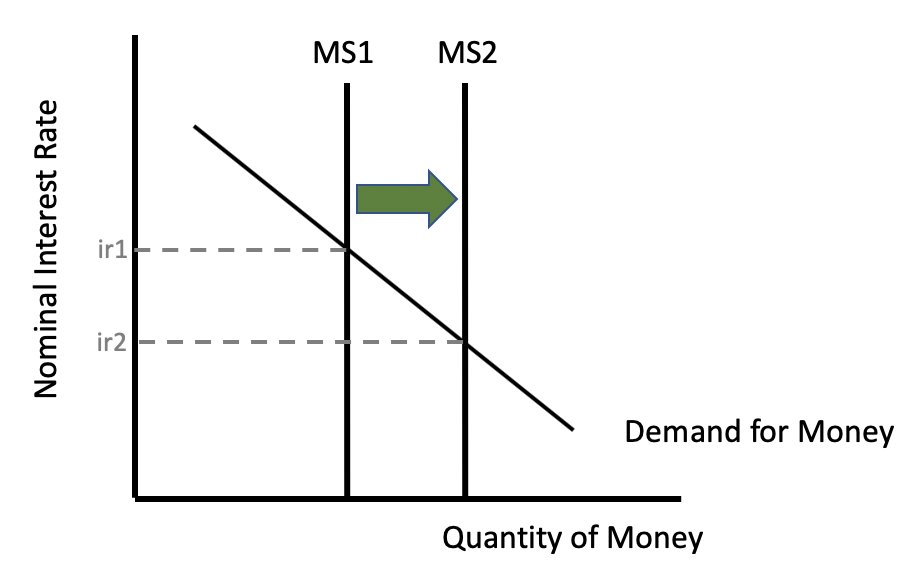As a reminder, fiscal policy is typically policy set by a central government authority, whereby spending by the government is adjusted to stabilize economic activity.
We know that the government actually has two tools: spending and taxation. Fiscal policy, then, focuses on the policies in these two areas. The goal is for the government to use these two tools to stabilize our economy's movement through business cycles.
It is important to note, though, that there are short-term and long-term goals of fiscal policy.
In the short-term, the goals of fiscal policy are full employment and price stability. The government will use taxation and spending to stabilize the economy when either unemployment or inflation rises.
In the long term, though, the goal of fiscal policy is to ensure economic growth, which is the measure of change in real GDP over periods of time. It is usually expressed as a percent change in the value of the sum of goods and services produced in a country's natural borders over a specified time interval.
Without increasing taxes--because if taxes increase to finance expansionary fiscal policy, this takes money away from people and is thus counterproductive--the government must borrow money by selling Treasury securities to finance the increased government spending needed to stimulate the economy.
Therefore, the government takes on debt.
To increase demand and stimulate the economy in the short term, the government must spend more money than they collect in tax revenue. They must either increase their government spending or collect fewer taxes, or both, to pump money into the economy and get people spending again.
When these government expenditures exceed tax revenue--which is expansionary fiscal policy--this is known as a deficit. Deficits are shortages that result from spending in excess of revenue.
When the government borrows money to finance the expansionary policy needed, in the future, they have two options for debt repayment:
Let's talk about the second option of debt repayment when the government rolls over their debt and uses new debt to pay off previous debt.
At the very least, they have to pay interest to service the debt. Interest defined is the cost of money. Nominal interest is the prevailing rate. Real interest rates reflect that prevailing rate adjusted for inflation, which means that the real interest rate is the nominal rate minus the inflation rate.
Interest is also a return on investment, where return varies based on the risk profile of the investment, time horizon, or opportunity cost of a comparable risk-free investment and inflation expectations.
As you can see by definition, there are many different ways that we can look at interest. Today we will focus on how interest is the price or cost of money.
Now, if we look at the money market and a graph of the supply and demand for money, we place the price of money, or the nominal interest rate, on the y-axis, and the quantity of money on the x-axis.
We assume that the Fed controls the supply of money, so it is fixed, shown as a vertical line.

The demand for money, though, does vary with interest rates. When interest rates are higher, you would likely prefer to keep your money in the bank instead of spending it, correct? This is because you are earning a higher interest rate on it. In addition, it is more expensive to take out loans.
As rates fall, it is not worth it to keep it in the bank. Now it is more attractive to take out loans for a home, car, etc., because rates are lower.
Notice that expansionary monetary policy reduces rates in the economy, while contractionary monetary policy raises rates in the economy.

The Fed can impact interest rates by changing the money supply through their tools of open market operations, the reserve requirement, and targeting rates.
The government is not shifting the money supply as the Fed can. With the government now borrowing money, they become additional demanders for loans in an otherwise private market, and when the demand for loans increases, it drives up interest rates.
It is important to keep in mind that when the government is enacting expansionary fiscal policy, the Fed will often do the same and use expansionary monetary policy by either buying treasuries or targeting lower rates.
When we increase the money supply, you can see the impact on the graph below.

The effect is to drive rates down, which can offset the impact of the government demanding loans if they are also enacting expansionary monetary policy.
IN CONTEXT
During the recession that followed the housing crisis, it might have been expected that rates would skyrocket as the government borrowed huge sums of money to finance expansionary policies during that crisis.
The government wanted to ensure that our economy did not enter another Great Depression.
Even though they did borrow huge sums of money, though, rates actually fell for a couple of years. This was because the Fed also took action and enacted major expansionary monetary policy.
Had the Fed not done this, with the government entering the market for loanable funds, rates would have gone up, but because of the Fed's actions, rates did not rise.
Source: Adapted from Sophia instructor Kate Eskra.